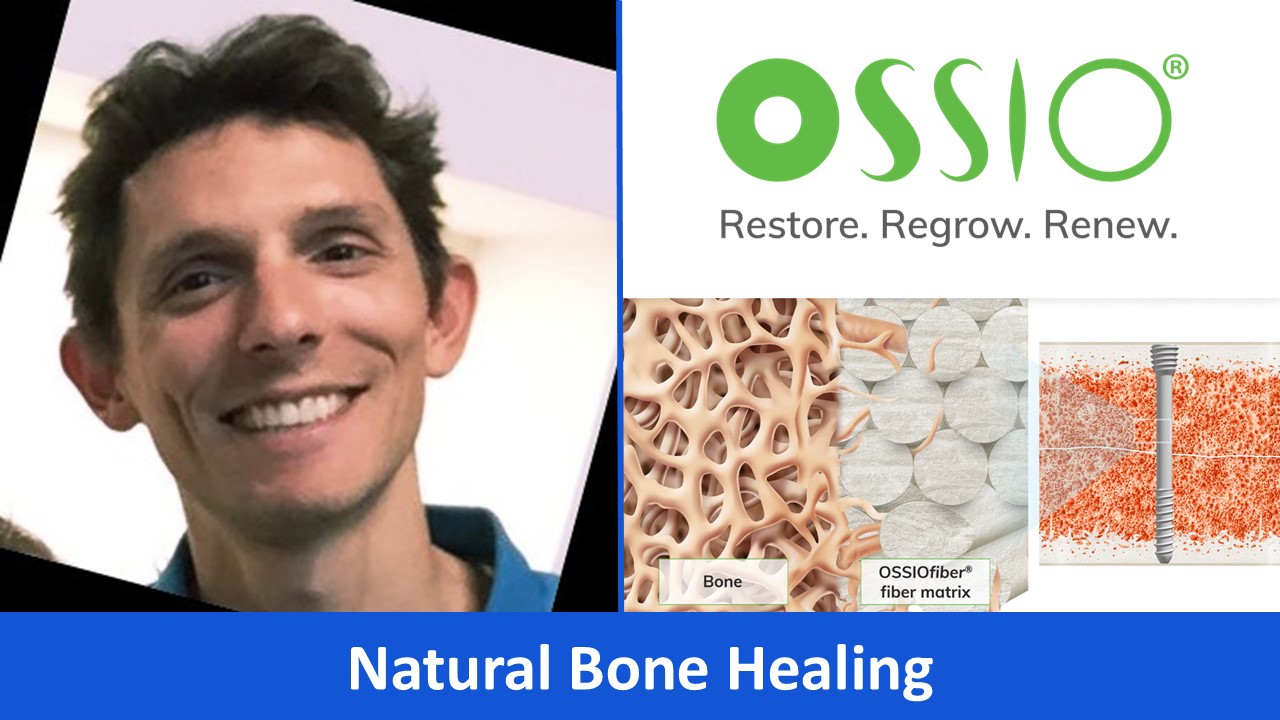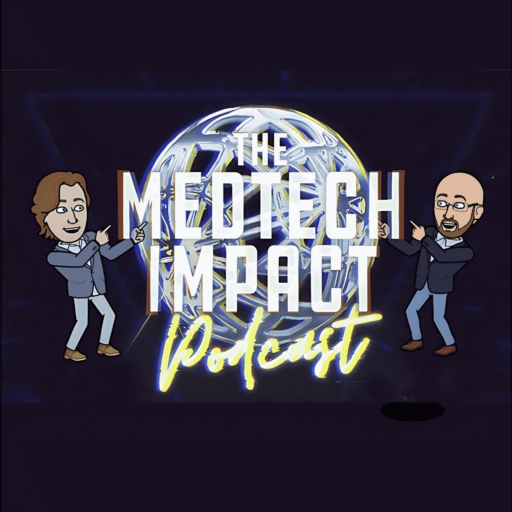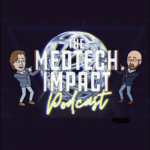
This episode features Orahn Preiss-Bloom, Chief Innovation Officer of OSSIO, discussing the company’s revolutionary tech that promotes natural healing in bones. OSSIO is tackling the long-standing issues associated with metal implants in orthopedic surgery, which often lead to complications like hardware removal surgeries, patient pain, and increased healthcare costs. Orahn explains how their OSSIOfiber product, a composite material made of biocompatible mineral fibers, provides the necessary strength for bone fixation while allowing the body to naturally remodel it into bone over time, eliminating the need for future hardware removal.
The conversation delves into the challenges of bringing novel medical technologies to market, the importance of focusing on procedure-specific solutions, and the intricacies of building a successful go-to-market strategy in the orthopedic space. Orahn shines a light on how the market is shifting towards procedure ownership, where companies provide comprehensive solutions rather than just individual tools. Packed with insights into navigating the regulatory landscape, building a strong commercial team, and optimizing distribution strategies, this conversation will definitely leave you informed and inspired.
5 Key Takeaways:
- Addressing Metal Implant Complications: The OSSIOfiber technology offers a solution to the complications associated with traditional metal implants in orthopedic surgery, reducing the need for hardware removal and improving patient outcomes.
- Focus on Procedure Ownership: The orthopedic market is shifting towards companies owning specific procedures by providing comprehensive solutions, including implants, tools, and support, rather than just individual products.
- Navigating Regulatory Hurdles: Bringing novel medical technologies to market requires a significant regulatory effort, emphasizing the importance of meticulous planning, data collection, and collaboration with regulatory experts.
- Building a Strong Go-to-Market Strategy: Successful commercialization involves understanding the distribution landscape, building the right sales model, and adapting strategies to different market segments, such as foot and ankle versus sports medicine.
- Importance of Clinical Evaluation and Data: Post-commercial clinical evaluation and data analysis are crucial for demonstrating product effectiveness, identifying areas for improvement, and adapting to customer needs.

